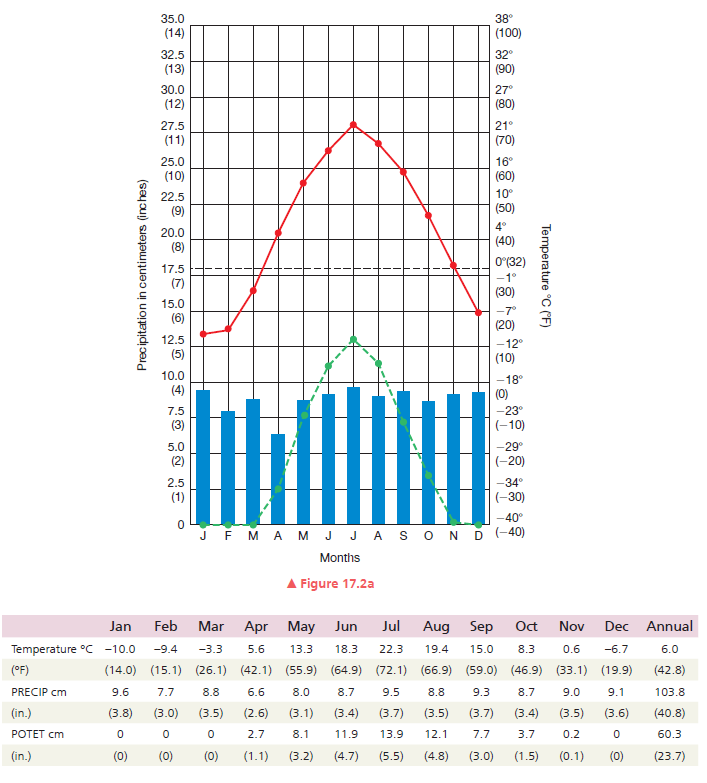What determines the amount of solar radiation that strikes Earth's surface? What is the role of solar energy in creating seasons?
What will be an ideal response?
The spatial relationship between Earth and the sun determines the amount of solar radiation that strikes each point of Earth's surface. Sunlight is most intense when it comes from directly overhead and meets the planet's surface at a perpendicular angle. At this angle, sunlight passes through a minimum of energy-absorbing atmosphere and focuses on a minimum of surface area. Given Earth's curvature, this means that solar intensity is highest near the equator and weakest near the poles. The seasons occur because Earth is tilted on its axis (an imaginary line connecting the poles, running perpendicular to the equator) by about 23.5 degrees, causing the Northern and Southern Hemispheres to each face the sun more directly for one-half of the year. The seasons then result from these annual variations in sun exposure. Regions near the equator are largely unaffected by this tilt, experiencing about 12 hours each of sunlight and darkness every day. Near the poles, however, the effect is strong, and seasonality is pronounced.
You might also like to view...
Distribution of precipitation during the year:

One evolutionary trend in ungulates was ____________________, a change in tooth structure designed to provide a
continuous row of grinding teeth. Fill in the blank(s) with the appropriate word(s).
Which of the following is true about quartz?
A) It fractures in unpredictable patterns. B) It forms eight-sided crystals. C) It has two directions of cleavage. D) It has three directions of cleavage.
Declining population growth rates in developing countries can be partially attributed to ________
A) valuing the birth of a son B) economic disasters C) reproducing beyond replacement fertility D) illness in infants E) the education of women